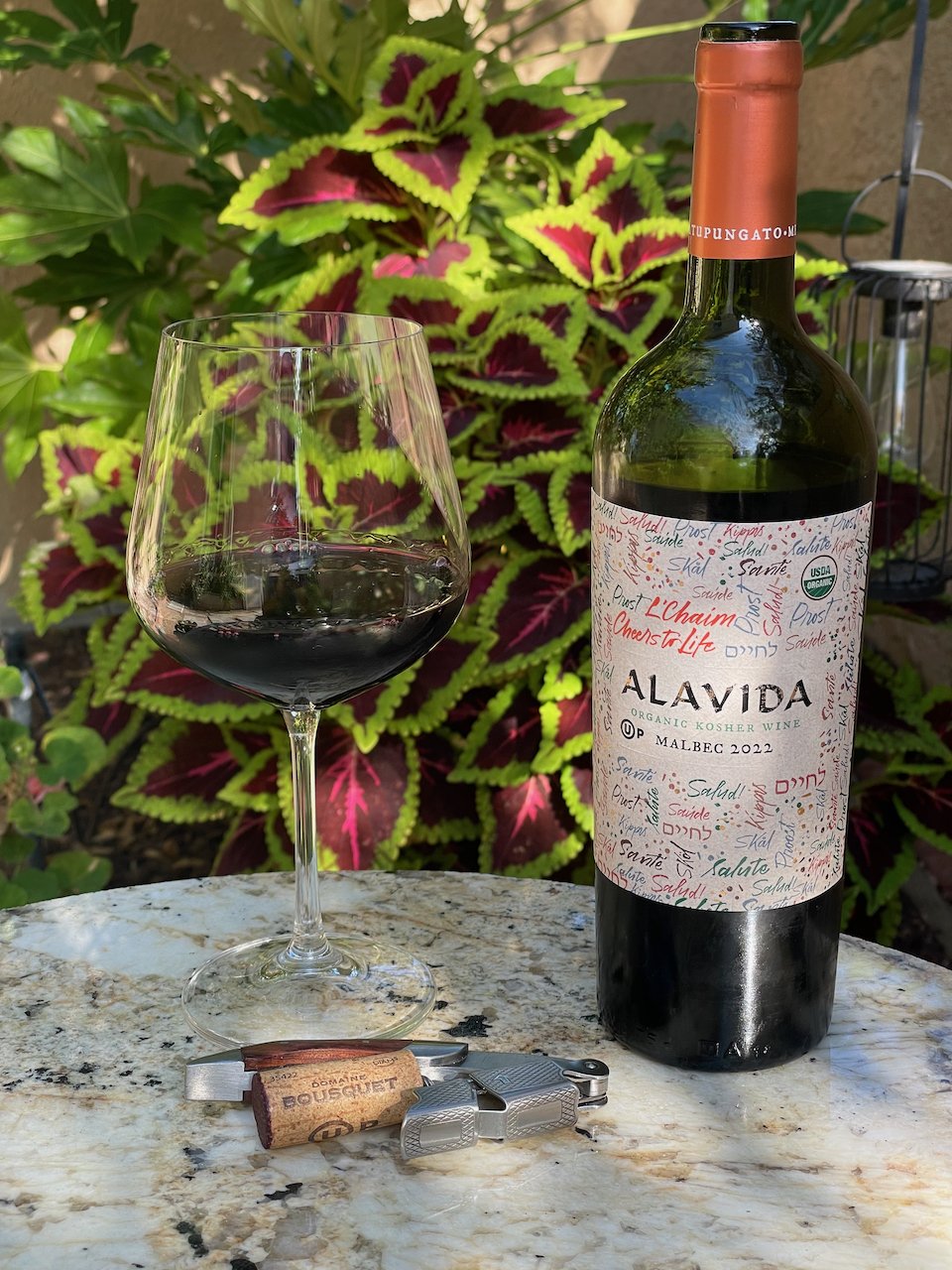Much like France, Italy has a long tradition of wine. In the 1960s, Italy formalized their wine appellation system modeled after the French system. Under this system, each wine region in Italy was required to operate under strict rules for the types of grapes they were allowed to grow and how their wines were to be produced.
Under this system, native Italian grapes were required to be used in Italian wines. These native grapes included Sangiovese, Barbera, Nebbiolo, and Montepulciano.
These regulations were quickly criticized as being overly restrictive and led small groups to push-back against them. By the end of the 1960s, these groups were producing wine blends with non-native grapes such as Cabernet Sauvignon, Merlot and Syrah.
Unfortunately, these producers of wines using non-native Italian grapes and/or blends of different grapes were forced to bottle their wines using the generic title of Vino da Tavola (Table Wine) that is associated with Italy’s lowest-quality wines. Instead of settling for this, they chose to unofficially call their wines “Super Tuscans” so as to distinguish them from inexpensive table wines.
Finally, in 1992, the Italian government created a new wine classification called “Toscana Indicazione Geografica Tipica” or “Toscana IGT” which is permitted on any wines, including wine blends, produced in any of Tuscany's ten provinces.
The Toscana IGT continues to be used to distinguish Super Tuscans. So, look for Toscana IGT on the label of these unique Italian wines. Cheers!






